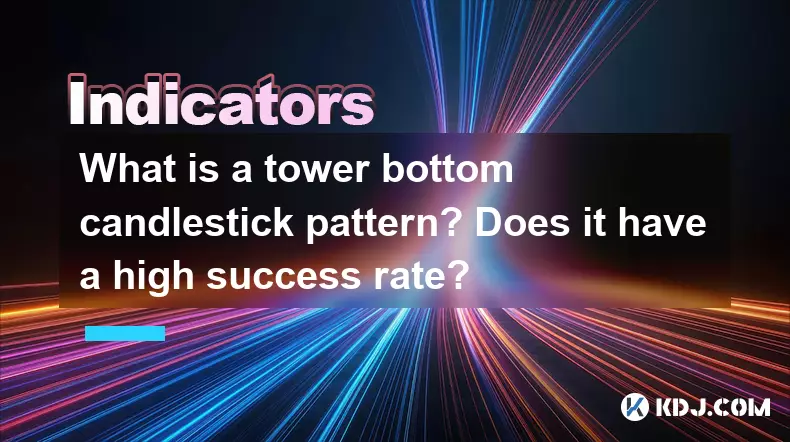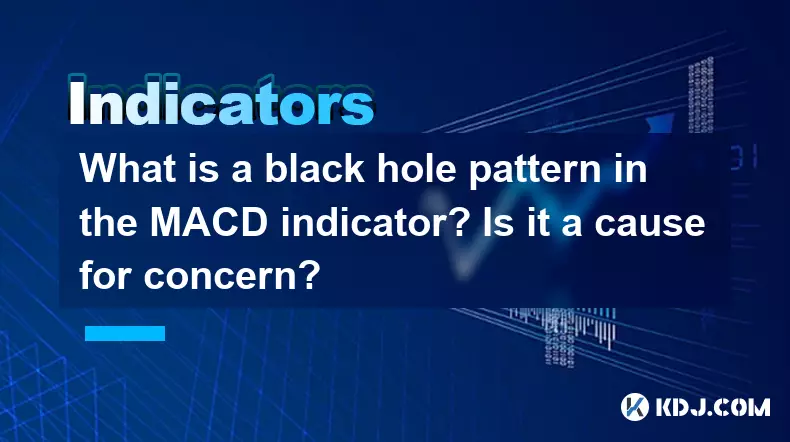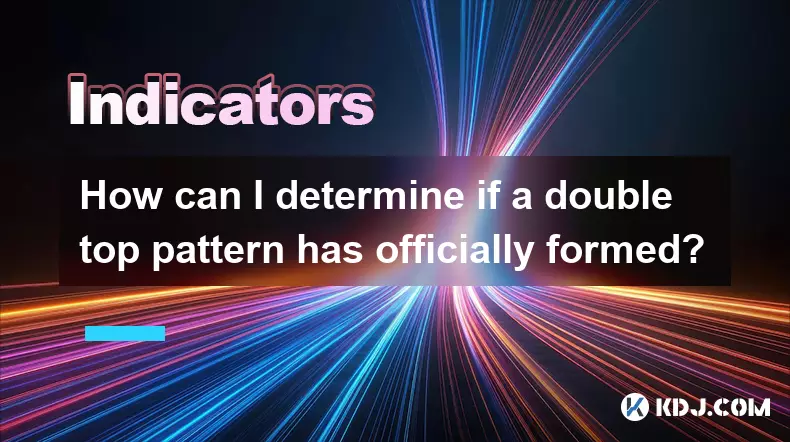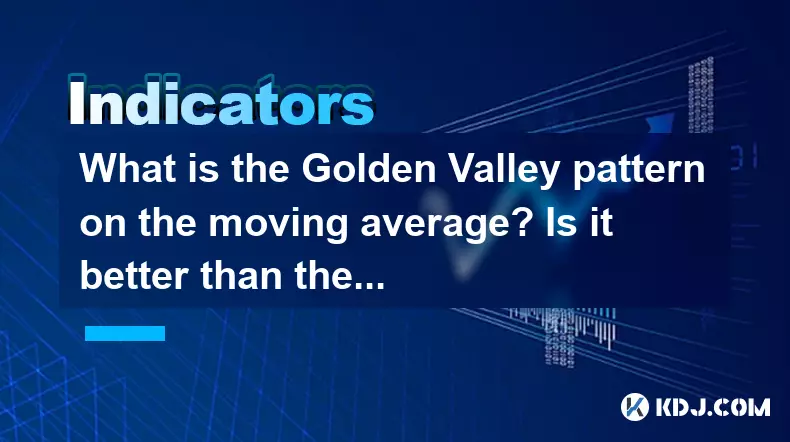-
 bitcoin
bitcoin $112195.049338 USD
2.42% -
 ethereum
ethereum $4124.915858 USD
2.81% -
 tether
tether $1.000570 USD
0.02% -
 xrp
xrp $2.861568 USD
2.25% -
 bnb
bnb $1000.346670 USD
3.04% -
 solana
solana $209.070819 USD
3.38% -
 usd-coin
usd-coin $0.999870 USD
0.02% -
 dogecoin
dogecoin $0.235379 USD
2.65% -
 tron
tron $0.335681 USD
-0.20% -
 cardano
cardano $0.803501 USD
3.38% -
 hyperliquid
hyperliquid $47.120881 USD
3.56% -
 chainlink
chainlink $21.501300 USD
3.44% -
 ethena-usde
ethena-usde $1.000571 USD
0.02% -
 avalanche
avalanche $29.793378 USD
3.62% -
 stellar
stellar $0.366964 USD
2.42%
How can I identify a false golden cross in the KDJ?
A KDJ golden cross below 20 may signal a bullish reversal, but false signals are common without price confirmation, volume support, or alignment with higher-timeframe trends.
Sep 15, 2025 at 05:55 am

Understanding the Golden Cross in KDJ Context
1. The KDJ indicator, originating from the stochastic oscillator, consists of three lines: K, D, and J. These lines reflect momentum and potential reversal points in price action. Traders often look for crossovers between the K and D lines as signals for entry or exit.
2. A so-called 'golden cross' in KDJ occurs when the K line crosses above the D line from below, typically in the lower region of the indicator (below 20), suggesting a bullish reversal. This pattern is widely interpreted as a buy signal.
3. However, not every crossover leads to a sustained upward move. A false golden cross happens when the K line crosses above D, but the price fails to follow through with an uptrend, resulting in a whipsaw or continued downtrend.
4. False signals are more common during sideways or choppy markets where volatility is low and directional momentum lacks strength. In such conditions, the KDJ can generate multiple crossovers without a clear trend forming.
5. The J line, being the most sensitive, can spike sharply and pull the K line with it, creating a temporary crossover that lacks confirmation from price structure or volume.
Key Signs of a False Golden Cross
1. Lack of price confirmation — If the candlestick pattern does not show strong bullish candles after the crossover, such as long green bodies or breakouts above resistance, the signal may be invalid.
2. Divergence between KDJ and price trend — When the price makes a new low but the KDJ does not, it may indicate weakening momentum. However, if the KDJ generates a golden cross while the price remains in a strong downtrend, the signal could be premature.
3. Occurrence in overbought zones — A golden cross appearing above level 80 is not typical and may actually be a bearish trap, especially if the J line is above 100, indicating extreme overbought conditions.
4. Absence of supporting volume — In spot and futures markets, volume should increase on the breakout following the crossover. Flat or declining volume suggests weak participation and a higher chance of failure.
5. Confluence with resistance levels — If the golden cross occurs while price is approaching a strong historical resistance or Fibonacci level, the likelihood of rejection increases significantly.
Strategies to Filter Out False Signals
1. Combine KDJ with moving averages — Use the 50-day and 200-day EMAs to determine the macro trend. Only consider golden crosses that align with the direction of the longer-term moving average.
2. Apply multiple time frame analysis — Check the higher time frame (e.g., 4-hour or daily) to see if the KDJ crossover on the 1-hour chart aligns with a broader reversal pattern. A golden cross on a lower time frame without higher time frame support is more likely to fail.
3. Use RSI or MACD for confirmation — If the MACD histogram is still declining or RSI remains below 50, the bullish momentum may not be strong enough to sustain a rally despite the KDJ crossover.
4. Monitor J line behavior — A J line shooting above 100 immediately after the cross often leads to a sharp pullback. Waiting for the J line to stabilize below 100 before acting can reduce false entries.
5. Set a validation rule — Require the price to close above a recent swing high within three candles after the crossover. If this doesn’t happen, treat the signal as invalid.
Common Questions
What is the difference between a golden cross and a death cross in KDJ?A golden cross occurs when the K line crosses above the D line, indicating potential bullish momentum. A death cross is the opposite — the K line crosses below the D line, suggesting bearish pressure. Both require context to determine validity.
Can the KDJ indicator be used effectively in a ranging market?Yes, KDJ performs well in sideways markets by identifying overbought and oversold levels. Traders often sell near level 80 and buy near level 20. However, crossovers in such environments should be treated as short-term opportunities rather than trend signals.
How do I adjust KDJ settings to reduce false signals?Default settings are usually 9,3,3. Increasing the smoothing period (e.g., 14,3,3) can make the lines less sensitive and reduce noise. This adjustment helps filter out minor fluctuations that lead to false crossovers.
Is the KDJ more reliable on higher time frames?Generally, yes. On time frames like 4-hour or daily, KDJ signals are less prone to noise and have higher predictive value. Short-term volatility on lower time frames increases the frequency of false golden crosses.
Disclaimer:info@kdj.com
The information provided is not trading advice. kdj.com does not assume any responsibility for any investments made based on the information provided in this article. Cryptocurrencies are highly volatile and it is highly recommended that you invest with caution after thorough research!
If you believe that the content used on this website infringes your copyright, please contact us immediately (info@kdj.com) and we will delete it promptly.
- Creator Economy Revolution: Video Streaming, AI Algorithms, and the Tokenization Tsunami
- 2025-09-29 10:25:16
- Kaito Launchpad Soars: $170 Million Pledged, Price Targets $1.50 – Is the AI Hype Real?
- 2025-09-29 11:45:16
- Bitcoin, Ethereum, and Q4 Predictions: What's the Buzz?
- 2025-09-29 10:25:16
- Token Unlocks, DeFi, and Tokenomics: Navigating the Crypto Landscape
- 2025-09-29 10:45:13
- Crypto Bull Wipeout? Dollar Strength Steals the Show!
- 2025-09-29 10:30:01
- AlphaTON, TON, and Meme Tokens: What's the Haps?
- 2025-09-29 10:45:13
Related knowledge

What is a tower bottom candlestick pattern? Does it have a high success rate?
Sep 22,2025 at 07:18am
Tower Bottom Candlestick Pattern Explained1. The tower bottom candlestick pattern is a reversal formation that typically appears at the end of a downt...

What is a black hole pattern in the MACD indicator? Is it a cause for concern?
Sep 21,2025 at 06:54pm
Bitcoin's Role in Decentralized Finance1. Bitcoin remains the cornerstone of decentralized finance, serving as a benchmark for value and security acro...

How can I use the psychological line (PSY) to determine market sentiment?
Sep 17,2025 at 02:19pm
Understanding the Psychological Line (PSY) in Cryptocurrency TradingThe Psychological Line, commonly referred to as PSY, is a momentum oscillator used...

How can I determine if a double top pattern has officially formed?
Sep 21,2025 at 03:18am
Understanding the Structure of a Double Top Pattern1. A double top pattern consists of two distinct peaks that reach approximately the same price leve...

What is the Golden Valley pattern on the moving average? Is it better than the Silver Valley pattern?
Sep 21,2025 at 02:54pm
Understanding the Golden Valley Pattern in Moving Averages1. The Golden Valley pattern is a technical formation observed in cryptocurrency price chart...

What does a death cross of the RSI in the strong zone (above 50) mean?
Sep 17,2025 at 10:54pm
Understanding the Death Cross in RSI Context1. The term 'death cross' is traditionally associated with moving averages, where a short-term average cro...

What is a tower bottom candlestick pattern? Does it have a high success rate?
Sep 22,2025 at 07:18am
Tower Bottom Candlestick Pattern Explained1. The tower bottom candlestick pattern is a reversal formation that typically appears at the end of a downt...

What is a black hole pattern in the MACD indicator? Is it a cause for concern?
Sep 21,2025 at 06:54pm
Bitcoin's Role in Decentralized Finance1. Bitcoin remains the cornerstone of decentralized finance, serving as a benchmark for value and security acro...

How can I use the psychological line (PSY) to determine market sentiment?
Sep 17,2025 at 02:19pm
Understanding the Psychological Line (PSY) in Cryptocurrency TradingThe Psychological Line, commonly referred to as PSY, is a momentum oscillator used...

How can I determine if a double top pattern has officially formed?
Sep 21,2025 at 03:18am
Understanding the Structure of a Double Top Pattern1. A double top pattern consists of two distinct peaks that reach approximately the same price leve...

What is the Golden Valley pattern on the moving average? Is it better than the Silver Valley pattern?
Sep 21,2025 at 02:54pm
Understanding the Golden Valley Pattern in Moving Averages1. The Golden Valley pattern is a technical formation observed in cryptocurrency price chart...

What does a death cross of the RSI in the strong zone (above 50) mean?
Sep 17,2025 at 10:54pm
Understanding the Death Cross in RSI Context1. The term 'death cross' is traditionally associated with moving averages, where a short-term average cro...
See all articles










































































